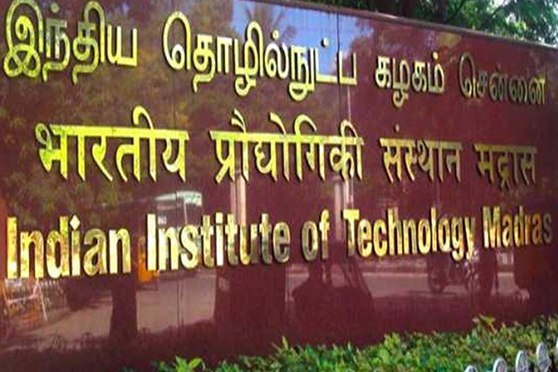IIT Madras develops motion planning algorithms that behave like humans


Researchers at Indian Institute of Technology (IIT), Madras have created a class of fast and efficient ‘motion planning’ algorithms that can think like humans and and allow autonomous aerial, ground, or surface vehicles to handle obstacle-filled settings.
According to the researchers, the algorithms are based on a unique concept known as "Generalised Shape Expansion" (GSE), which enables planning for a safe and dynamically feasible trajectory for autonomous vehicles. When compared to several of the existing seminal and state-of-the-art motion planning algorithms, these approaches have been demonstrated to produce superior outcomes. Because of its novel calculation of 'safe' region, it provides a crucial advantage during time-sensitive planning scenarios arising in applications like self-driving cars, disaster response, ISR operations, aerial drone delivery and planetary exploration, among others, the team claimed.
The research led by Satadal Ghosh, assistant professor, Department of Aerospace Engineering, IIT Madras, has published several research papers in internationally reputed peer-reviewed journals such as AIAA Journal of Guidance, Control, and Dynamics, and IEEE Control Systems Letters, and top-tier conferences like IEEE Conference on Decision and Control (CDC), American Control Conference (ACC) and AIAA SciTech.
IIT Madras alumni Vrushabh Zinage, a doctoral research scholar at University of Texas Austin (USA), Adhvaith Ramkumar, graduate student at Warsaw University of Technology, Poland and Nikhil P, an analyst at Goldman Sachs, were part of the research team.
The GSE-based algorithms function by calculating a 'safe' region consisting of large 'visible' areas in the environment, customised to ensure navigability. Following this, the algorithms select a random point in this 'visible' region and connect it through a safe 'edge' to the safely reachable regions discovered so far. Eventually, the algorithms can almost always connect any two points in any environment, which satisfies certain basic criteria," Zinage said.
The researcher explained that the GSE-based algorithms' main advantage lies in the significant improvement of computational efficiency over several other well-established motion planning algorithms. This naturally leads to strong applicability of the GSE-based algorithms in applications, where planning is time-sensitive.
"Broadly speaking, the class of GSE-based algorithms has promising potential in autonomous applications ranging over warehouse material movement, inspection of project commissioning, drone delivery, disaster management, self-driving cars, and so on. For strategising coordinated motion in a multi-vehicle set-up also these algorithms could be leveraged," said Satadal Ghosh, assistant professor, Department of Aerospace Engineering, IIT Madras.
The current status of this research, as per the team, is limited to theoretical development and improvement of the GSE-based algorithms and extensive realistic simulation-based validation of the same. The researchers are further planning to implement these algorithms on unmanned aerial and ground vehicles in the near future.